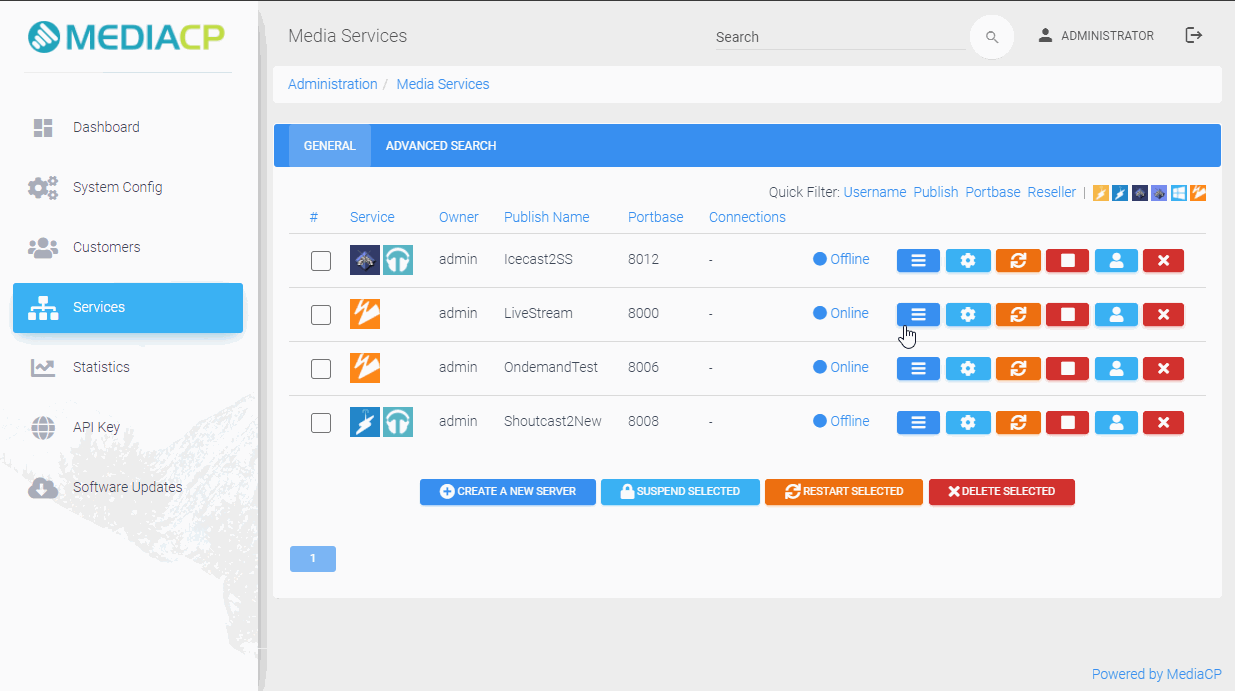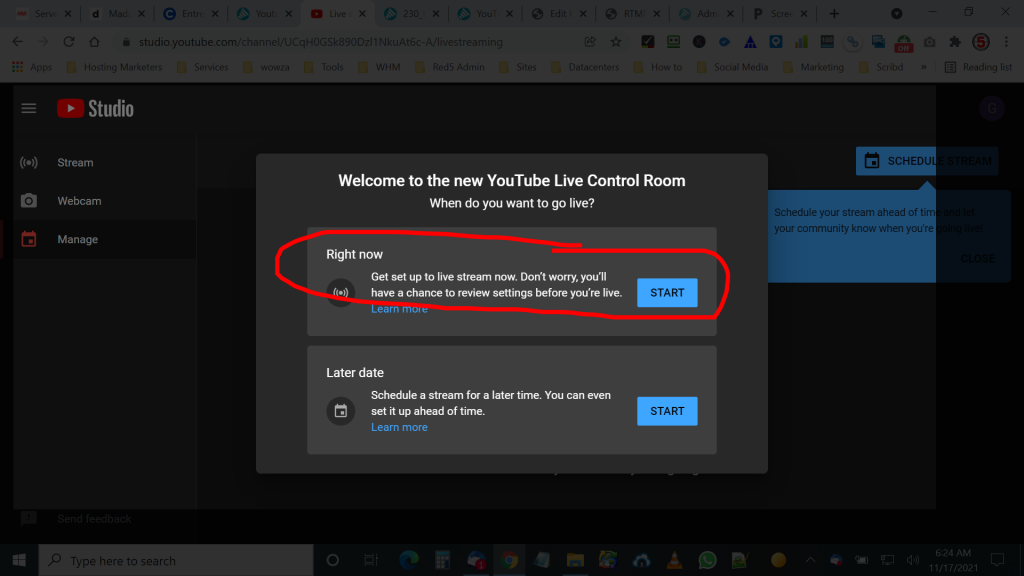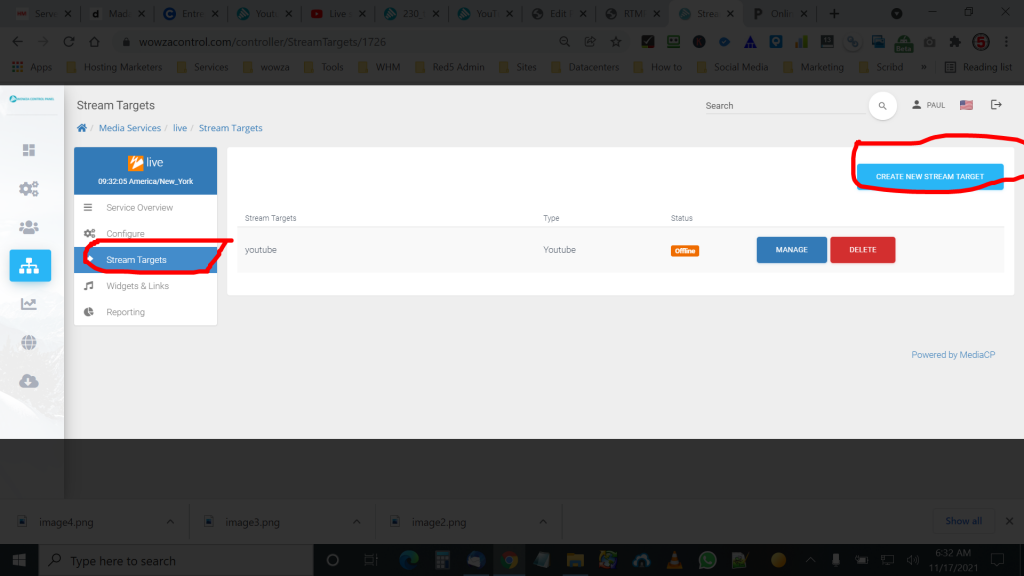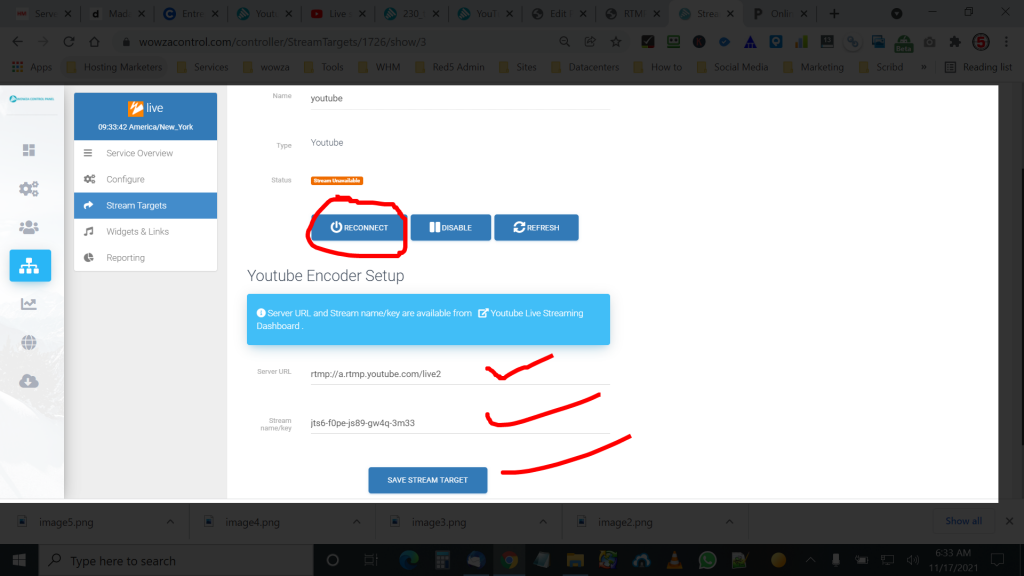Web design is a web development process that creates a website that
has a good layout, graphic design, typography, user interface, etc to
make it appealing to users and easy to use. Starting a business
requires the implementation of the business plan but sustaining and
maintaining requires tremendous efforts because at this stage the
effectiveness and proficiency of the business plan and strategies in
achieving the desired goal are put to test. Livin in a digital world,
web design is an important part of the online marketing platforms and
strategies that must be properly utilized to skyrocket your business
to achieve your business goal. The importance of good web design to
your business include
-
It provides easy accessibility of information on product and
services at customer convenient time.
-
It brands business and creates awareness for goods and services than
other forms of advertisement if properly optimized for users and
search engines.
-
It represents your business in the online community.
-
It makes your business more credible and reliable because of the
opportunity to make an inquiry.
-
It creates a good impression in the mind of your potential
customers.
-
It helps to thrive in your competitive niche and increase sales.
-
It is best adaptable in solving customers problems in buying
services.
Website is essential for sustainable growth of business but when
poorly designed will not yield the desired result thus choosing an
expert in web designing must be done with care to maximize
utilization of time and money and prevent damage to your business
because web design services vary in quality depending on the
competency and experience of the expert hired. In need of
high-quality web design at an affordable price, prove your
seriousness by patronizing and buying the unprecedented and
transcendent services of Ethiopia Web Hosting and Design company
where customers expectations metamorphose into fruition.
About Ethiopia Web Designing and Hosting Company
Ethiopia Web hosting and Design is a premier Web design company of notable standard that specializes in web design and hosting. We have twelve years of experience with magnificent achievement and remarkable success in web design and hosting. We have built an appreciable reputation for the creation of positive return on investment for our clients which we are not willing to stanch and relinquish. We have our first class servers in the USA and we partner with Hosting Marketers Inc, one of the main web hosts in the United States of America. Ethiopia web hosting is the leading provider of shared web hosting in Ethiopia. We have our main data center located in Chicago board of trading Building which is one of the world largest institutions equipped with infrastructures to provide:
-
redundant and precision power supply.
-
24×7×365 manned security and video surveillance.
-
Air conditioning and HVAC.
-
24×7×365 datacenter staff to provide assistance for customers.
-
Network assets
Our infrastructures are the state of the art to provide you with the
best hosting services.
-
Ethiopia web design service
Web design is multi-facet discipline involving web graphic design,
user interface design, typography, and standard code and Search
Engine Optimization. We have competent and savvy personnel who tangle
as a team to create a website that has these following features:
-
Effective measures in meeting the target market and also made
appropriate and suitable for the identified trend of the audience.
-
Optimal balance between aesthetics and clarity.
-
Required layout, instruction, and labeling to make it user-friendly
to enhance usefulness and versatility to users.
-
Mobile Optimization for high ranking in Search engine result page
(Serp) by using responsive web design in order to increase traffic
and conversion rate.
-
Search engine optimization strategies rightly implemented.
-
Web browsers supporting typography.
-
Motion graphics and infographics to make the presentation easier
without depleting the target market.
-
Catching and friendly domain name that matches the business name
with a popular top-level domain (.com, .net, .org, .info) to create
a good and lasting impression in visitors mind at a reasonable price
of 500 birrs per year. Deal with us and experience our outstanding
creativity and connection. The minimum price for our web design
service is 2000 birr.
-
Ethiopia Web Hosting service
Ethiopia web hosting provides individuals and organizations websites
internet access via the world wide web. Our quality hosting services
provide personal website creator, small businesses, developers and
large institutions customers with various hosting services to meet
their target market at competitive prices. The hosting packages have
been carefully and well-formulated to provide web spaces, bandwidth,
domain name, email addresses, file transfer protocol, techies
support, server-side script, frontpage extensions, etc that are users
goal replenishing, enhancing and supporting. The availability of
website and downtime stated in our Service Level Agreement is duly
comply to. We provide the buyer of hosting services with 24 hours a
day 365 days a year of customer support desk – a staff to provide the
solution to complains made not, thus accounting for our reputation as
not just packs of huge bandwidth limit and webspace. The detail
description of our hosting packages are as follow :
-
Hosting one for 1500 birr / 51 dollar per year
Cpanel/softaculous, 5GB web space, file transfer 500GB, unlimited
domains/emails/databases, cloudflare directly on Cpanel, PHP version
selector, and free SSL certificate.
-
Hosting two for 3200 birr / 108.8 dollar per year
Cpanel/softaculous, 10GB webspace,
file transfer 1000GB, unlimited domains/emails/databases, CloudFlare
directly on Cpanel, PHP version selector and free SSL certificate.
-
Hosting three for 5200 birr/176.8 dollars per year
Cpanel/softaculous, 20 GB webspace, file transfer 2000GB, unlimited
domains/emails/databases, CloudFlare directly on Cpanel, PHP version
selector and free SSL certificate.
-
Reseller one for 4800 birr/163.2 dollars per year
WHM/Cpanel/softaculous, unlimited Cpanel account, 10 GB webspace,
file transfer 250 GB, unlimited domains/emails/databases, CloudFlare
directly on Cpanel, PHP version selector and free SSL certificate for
all your account.
-
Reseller two for 9000 birr/306 dollars per year
WHM/Cpanel/softaculous, unlimited Cpanel account, 20 GB webspace,
file transfer 500 GB, unlimited domains/emails/databases, CloudFlare
directly on Cpanel, PHP version selector and free SSL certificate for
all your account.
-
Reseller three for 14500 birr/483 dollars per year
WHM/Cpanel/softaculous, unlimited Cpanel account, 30 GB webspace,
file transfer 750 GB, unlimited domains/emails/databases, CloudFlare
directly on Cpanel, PHP version selector and free SSL certificate for
all your account.
-
Server one for 2500 birr/85 dollar per month
Dual Quad-Core Xeon E5520, 200 GB hard disk, 8 GB RAM, 10 TB transfer
( 1 Gbps uplink), Cpanel/whm, 5 usable IP addresses, fully managed
-
Server two for 5200 birr/176.8 dollars per month
Intel Xeon 4 Core, 2×500 GB hard disk, 16 GB RAM, 20 TB transfer ( 1
Gbps uplink), Cpanel/whm, 5 usable IP addresses, fully managed
-
Server three for 7500 birr/255 dollars per month
Quad-core Xeon 5410, 2×120 GB SSD hard disk, 48 GB RAM, 30 TB
transfer ( 1 Gbps uplink), Cpanel/whm, 5 usable IP addresses, fully
managed










Deprecated: printf(): Passing null to parameter #1 ($format) of type string is deprecated in /home/euro9/public_html/wp-content/themes/mantra/includes/theme-comments.php on line 86